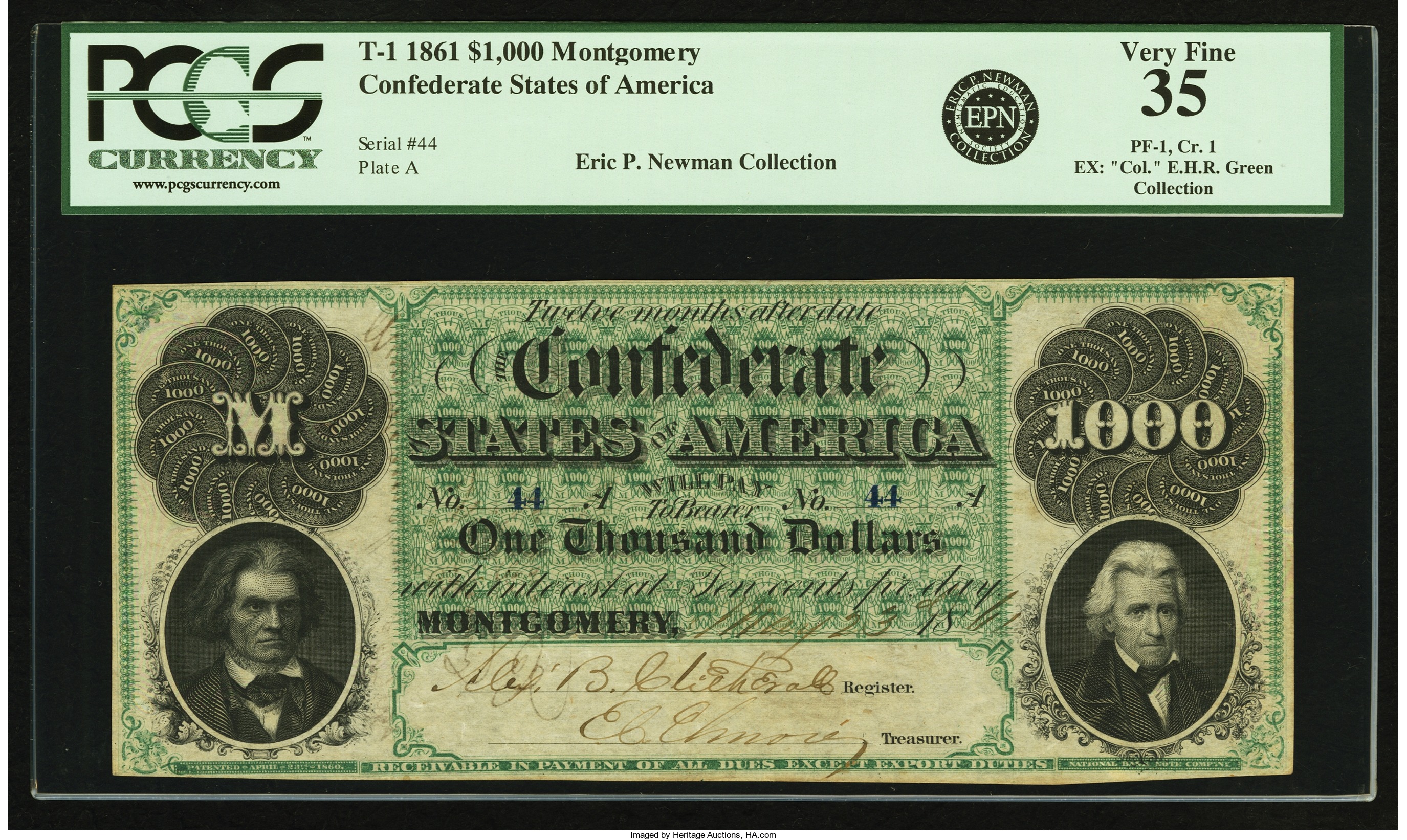
By Jim O’Neal
John Caldwell Calhoun served his full four years as vice president under John Quincy Adams, but the year was now 1828 and he needed to make a decision about his political future.
He previously had been a member of the House of Representatives (1811-17) and Secretary of War (1817-25). (He was later Secretary of State, and a U.S. Senator.)
He finally decided to run for the vice presidency again. But, in a twist, he decided to switch horses and run with Andrew Jackson rather than JQA. It seemed like a prudent choice at the time, and he and Jackson easily won the 1828 election. Then they started trying to work together.
They differed on so many fundamental issues, including states’ rights and nullification, that a schism seemed inevitable. Then, to make tensions even worse, his wife Floride Bonneau started meddling in White House politics … and Jackson’s famous temper was riled up. He even threatened to just grab Calhoun and hang him (another duel would have apparently been unseemly).
The end was much less dramatic, as Jackson simply picked Martin Van Buren to be his running mate in the 1832 presidential election. When they won, Calhoun resigned.
Calhoun would remain the only vice president to resign until Spiro Agnew joined the club.
On March 9, 1861, the Confederate States of America issued a $1,000 banknote depicting both Calhoun and Jackson. So the two bitter enemies remain joined for eternity.
 Intelligent Collector blogger JIM O’NEAL is an avid collector and history buff. He is president and CEO of Frito-Lay International [retired] and earlier served as chairman and CEO of PepsiCo Restaurants International [KFC Pizza Hut and Taco Bell].
Intelligent Collector blogger JIM O’NEAL is an avid collector and history buff. He is president and CEO of Frito-Lay International [retired] and earlier served as chairman and CEO of PepsiCo Restaurants International [KFC Pizza Hut and Taco Bell].
